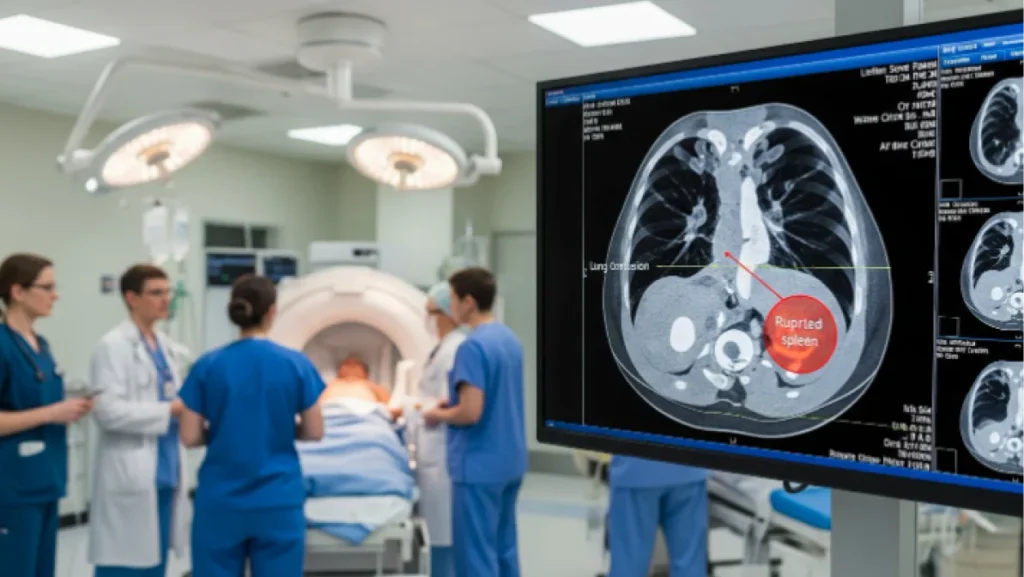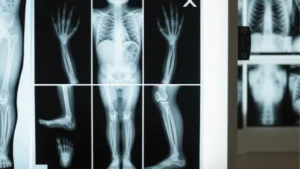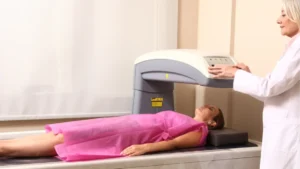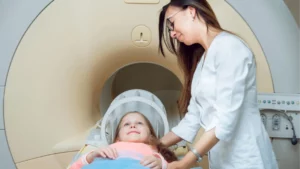Emergency medicine moves fast, and every second matters when someone is critically injured. In these moments, doctors need tools that give them clear answers without delay.
The CT scan has become one of the most valuable resources in trauma care, offering detailed images of what’s happening inside the body within minutes. This speed allows medical teams to pinpoint injuries, understand their severity, and decide on the best course of action right away.
In this article, we’ll look at how CT scans are used in trauma situations, the benefits they bring to both patients and healthcare providers, and the vital role they play in improving survival rates and recovery outcome
The Critical Role of CT Scans in Emergency Medicine
In the chaotic moments following a traumatic event, the ability to quickly and precisely identify the extent of injuries is crucial. The CT scan in emergency medicine offers an invaluable advantage by providing detailed cross-sectional images of the body’s internal structures.
This rapid trauma diagnosis imaging capability allows medical teams to make informed decisions swiftly, ultimately improving the chances of survival and minimizing long-term complications for trauma patients.
What Is a CT Scan?
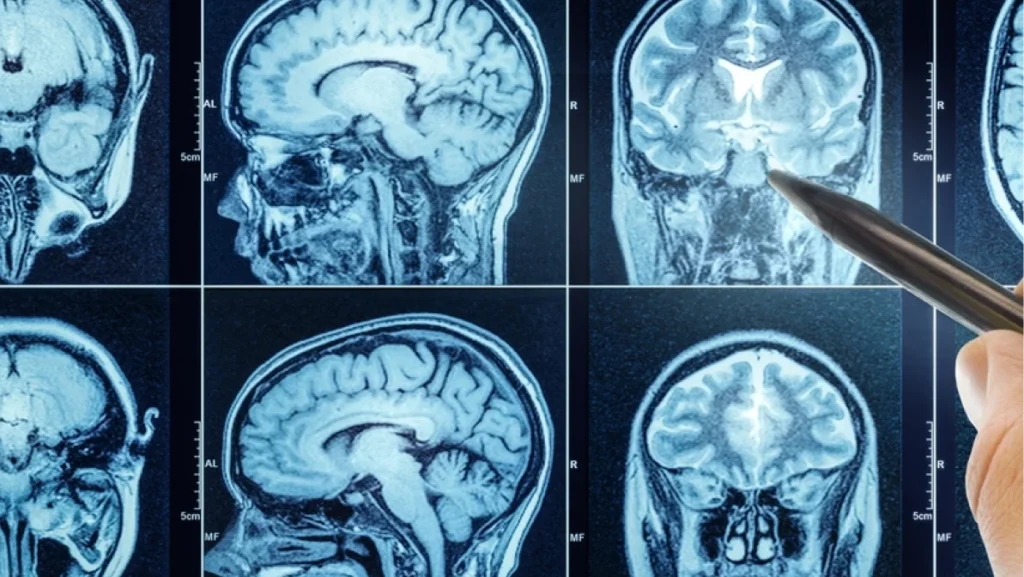
A Computed Tomography (CT) scan is an advanced medical imaging technique that uses X-rays and computer processing to create detailed cross-sectional images, or “slices,” of the body.
Unlike traditional X-rays that provide a single, overlapping view, a CT scan captures multiple images from different angles.
These images are then reconstructed by a computer to generate comprehensive views of bones, soft tissues, blood vessels, and organs. This level of detail makes the emergency CT scan an indispensable tool for visualizing internal injuries that might not be apparent on standard X-rays.
Why CT Scans Are Vital in Trauma Care
The integration of CT scans into trauma care has brought about a paradigm shift in how these critical cases are managed. Its speed, accuracy, and comprehensive imaging capabilities offer numerous benefits:
Rapid Detection of Internal Injuries
The speed at which a CT scan can be performed and interpreted allows for the rapid identification of life-threatening internal injuries, such as hemorrhage, organ damage, or fractures. This quick trauma diagnosis imaging is critical for initiating timely interventions and improving patient outcomes.
A life-saving CT scan can reveal the extent of the damage far faster than traditional diagnostic methods.
Detailed Imaging for Complex Cases
Trauma often involves multiple injuries affecting various parts of the body. A CT scan provides a comprehensive overview, capturing detailed images of different tissues and organs simultaneously. This is particularly valuable in complex cases where the full extent of the injuries may not be immediately clear through physical examination alone.
The detailed visualization offered by a CT scan for internal injuries ensures that all injuries, even subtle ones, are identified and addressed appropriately.
Guiding Surgical and Medical Decisions
The information gleaned from a CT scan is instrumental in guiding critical surgical and medical decisions. Surgeons rely on the precise anatomical details provided by the scan to plan their approach and interventions. Similarly, medical teams use the findings to determine the need for blood transfusions, monitor organ function, and guide other non-surgical treatments.
The accuracy of trauma imaging through CT scans directly impacts the effectiveness and precision of medical management.
Monitoring Recovery After Trauma
Beyond the initial diagnosis and treatment, CT scans play a crucial role in monitoring a patient’s recovery after a traumatic injury. Follow-up scans can help assess the healing process, identify potential complications such as fluid collections or infections, and guide further management strategies.
This ongoing assessment ensures that patients are recovering as expected and that any emerging issues are addressed promptly.
Common Trauma Scenarios Where CT Scans Are Used
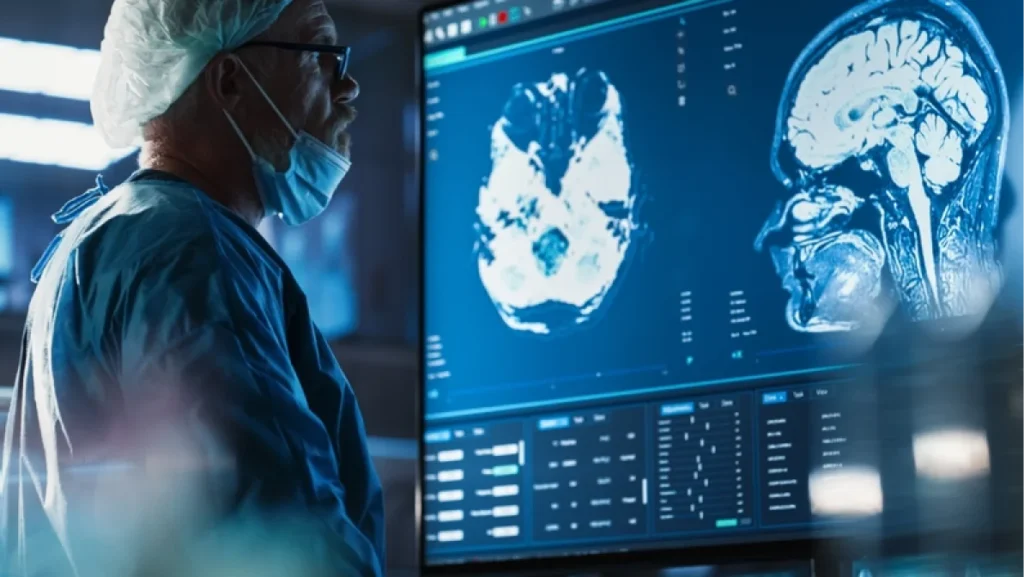
The versatility of CT scans makes them an essential tool across a wide range of trauma scenarios:
Head and Brain Injuries
In cases of suspected head trauma, a head injury CT scan is often the first-line imaging modality. It can rapidly detect skull fractures, intracranial hemorrhage (bleeding within the brain), cerebral contusions (bruising of the brain tissue), and other critical conditions that require immediate intervention.
The detailed images help neurosurgeons and neurologists assess the severity of the injury and guide treatment decisions to minimize brain damage and improve neurological outcomes.
Chest and Abdominal Trauma
Trauma to the chest and abdomen can result in life-threatening injuries to vital organs such as the heart, lungs, liver, spleen, and kidneys.
An abdominal trauma CT scan, as well as chest CT scans, are crucial for identifying internal bleeding, organ lacerations, pneumothorax (collapsed lung), and other injuries that may require urgent surgical repair or other interventions. The ability to quickly visualize these internal structures is paramount in managing patients with torso trauma.
Spinal Injuries
Traumatic injuries to the spine can lead to significant neurological deficits. A spinal injury CT scan is essential for evaluating vertebral fractures, dislocations, and spinal cord compression.
The detailed cross-sectional images allow physicians to accurately assess the extent of the bony injury and its potential impact on the spinal cord and surrounding nerves. This information is critical for guiding immobilization strategies, surgical planning, and rehabilitation efforts.
Bone and Joint Fractures
While traditional X-rays are often used to initially assess bone fractures, CT scans can provide more detailed information, especially in complex fractures or when there is concern about involvement of adjacent structures.
In trauma cases involving multiple fractures or fractures near joints, a CT scan can offer a clearer picture of the fracture pattern and any associated soft tissue injuries, aiding in orthopedic management and surgical planning.
The CT Scan Process in Emergency Situations
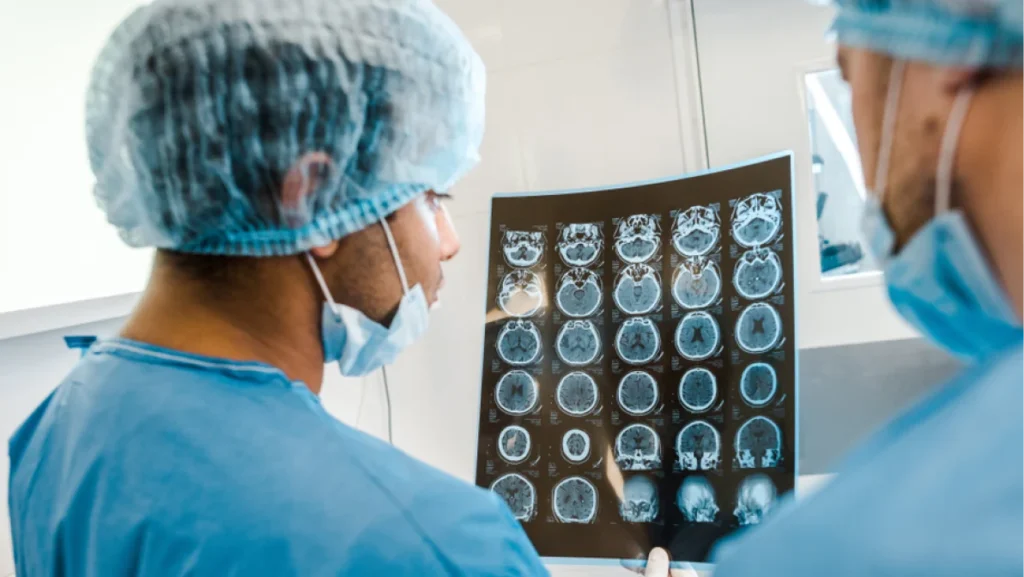
In the high-pressure environment of the emergency department, the CT scan process is streamlined to ensure speed and efficiency:
- Triage and Assessment: Patients arriving with suspected traumatic injuries undergo rapid triage and initial assessment to determine the need for a CT scan.
- Preparation: Minimal preparation is usually required for an emergency CT scan. Patients are positioned on the CT table, and immobilization devices may be used to prevent movement.
- Scanning: The CT scanner rotates around the patient, acquiring multiple X-ray images from different angles. This process is typically quick, often taking just a few minutes depending on the body region being scanned.
- Image Reconstruction: The raw data from the scanner is processed by a computer to create detailed cross-sectional images.
- Interpretation: A radiologist, a physician specializing in interpreting medical images, reviews the CT scan images and provides a report to the treating medical team. This interpretation guides diagnosis and treatment planning.
The Role of CT Scans in Improving Trauma Survival Rates
The widespread use of CT scans in trauma care has undeniably contributed to improved survival rates. The ability to rapidly and accurately diagnose life-threatening internal injuries allows for timely and targeted interventions.
From identifying critical bleeds that require immediate surgery to detecting subtle signs of organ damage that necessitate close monitoring, the information provided by a life-saving CT scan empowers medical teams to make informed decisions that can significantly impact patient outcomes.
The integration of CT scans into trauma protocols has become a cornerstone of modern emergency medicine.
Looking Ahead: Advanced Trauma Imaging at One Step Diagnostic
The CT scan in trauma care is an indispensable tool that has revolutionized the management of critically injured patients. Its speed, detail, and versatility in trauma diagnosis imaging make it a cornerstone of emergency medicine.
If you require expert CT scan services and comprehensive diagnostic imaging, look no further than One Step Diagnostic.
Our state-of-the-art facilities and experienced team are dedicated to providing the highest quality imaging for accurate and timely diagnoses. Contact us today to learn more about our comprehensive medical diagnostic imaging services.

